There are several television series that are so effective, they can produce compelling episodes without any dialogue at all. Silent, or dialogue-free, episodes have been a television mainstay for decades, though, even when attempted by some of the best TV shows of all time, are often a difficult trope to deliver effectively. The best examples, however, often utilize the technique to enrich their narrative.
Many television series have silent episodes which have been critically lauded. They are often praised for incorporating appropriate stories that explore the potential of silent episodes. From Buffy the Vampire Slayer to The Twilight Zone, such masterful executions of silent episodes are frequently considered among the series’ best and most memorable outings.
10 “Hush” – Buffy The Vampire Slayer
Season 4, Episode 10
“Hush” is often cited as Buffy the Vampire Slayer‘s scariest episode. Season 4, episode 10 features the residents of Sunnydale having their voices stolen by a horrifying series of demons known as The Gentlemen. It fosters a nightmarish quality that permeates the entire episode, which prompted substiantial critical praise. “Hush” very cleverly used the episode to reveal plot points to characters, who could not then discuss them. It greatly enriched the sinister undercurrent of The Gentlemen, making viewers more susceptible to fear. It is an astute example of weaving a silent episode into a narrative and is one of numerous ways Buffy the Vampire Slayer manipulates sound.
9 “Fish Out Of Water” – BoJack Horseman
Season 3, Episode 4
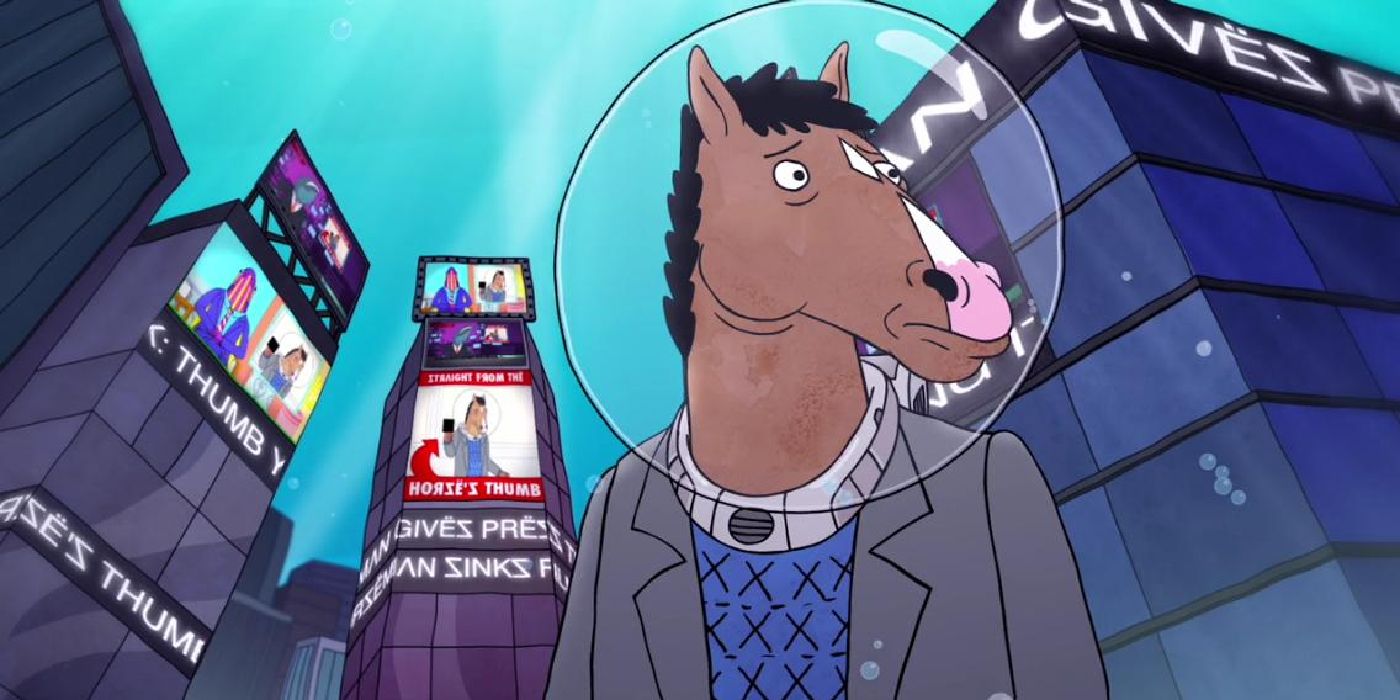
BoJack Horseman season 3, episode 4, “Fish Out of Water,” is also widely suggested as the series’ best episode. It features minimal dialogue during the opening scenes to explain the story’s premise: BoJack traveling underwater on a press tour. Using an animated format, the range of emotion conveyed in “Fish Out of Water” without dialogue is particularly impressive. Animations typically rely on vocal performances to effectively relay emotions, but “Fish Out of Water” manages to tell a heart-warming and poignant story using highly emotive expressions. The results crafted an uncharacteristically beautiful and touching episode, and is partly why season 3 is the best season of BoJack Horseman.
8 “S Is For Silence” – Evil
Season 2, Episode 7
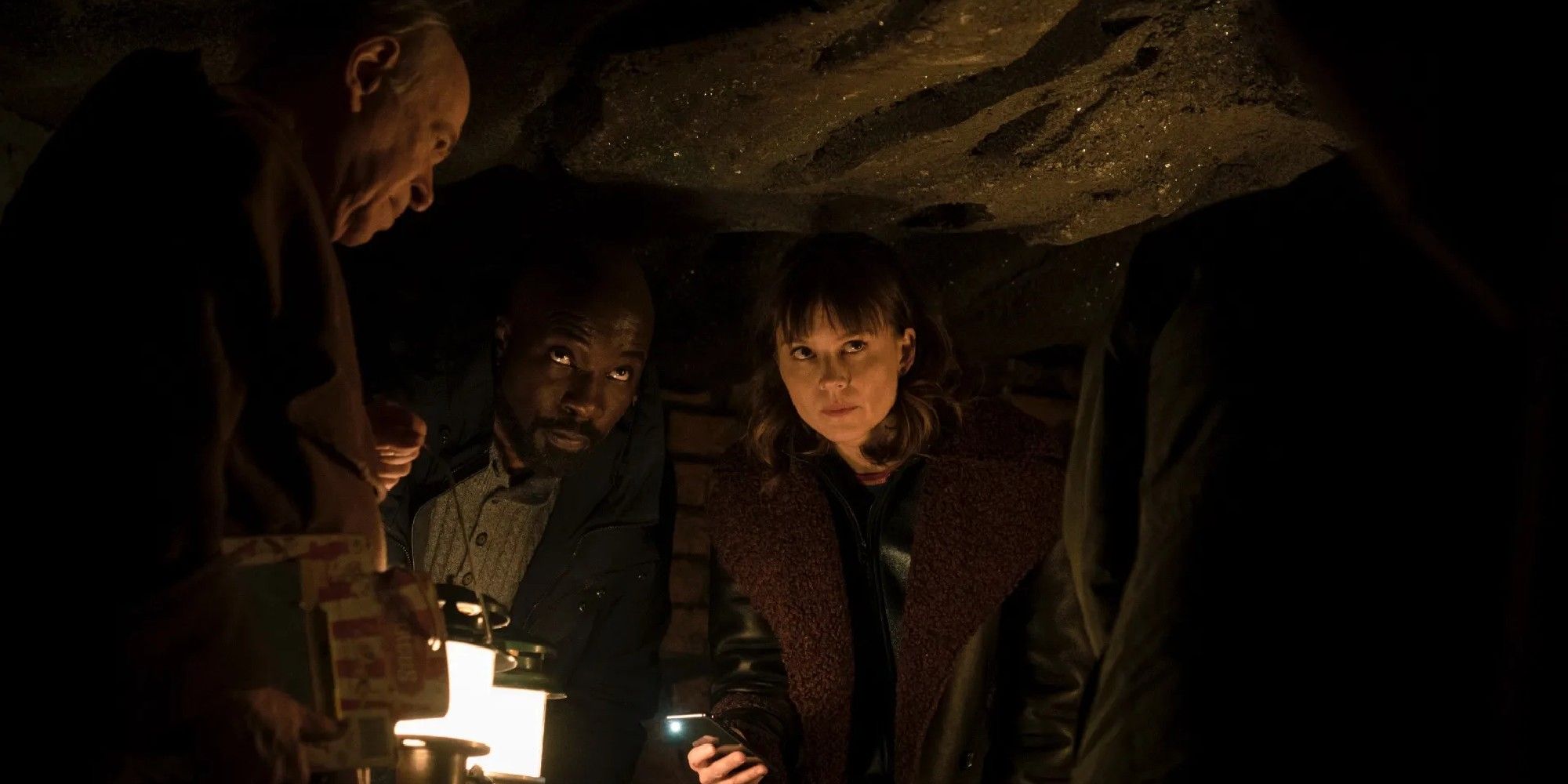
Evil season 2, episode 7, “S is for Silence,” depicts the supernatural investigators traveling to a monastery where they are forced to observe a vow of silence. It is a tidy way of instigating a silent narrative, which then unfolds in an extremely surreal manner. “S is for Silence” is often dubbed a standout episode of Evil season 2, partly for exaggerating an already bizarre premise, but also for delivering it in such a captivating and aesthetically pleasing way. With Evil season 4 already confirmed, the show promises to offer even more original and disturbing stories.
7 “A Quiet Night In” – Inside No. 9
Season 1, Episode 2
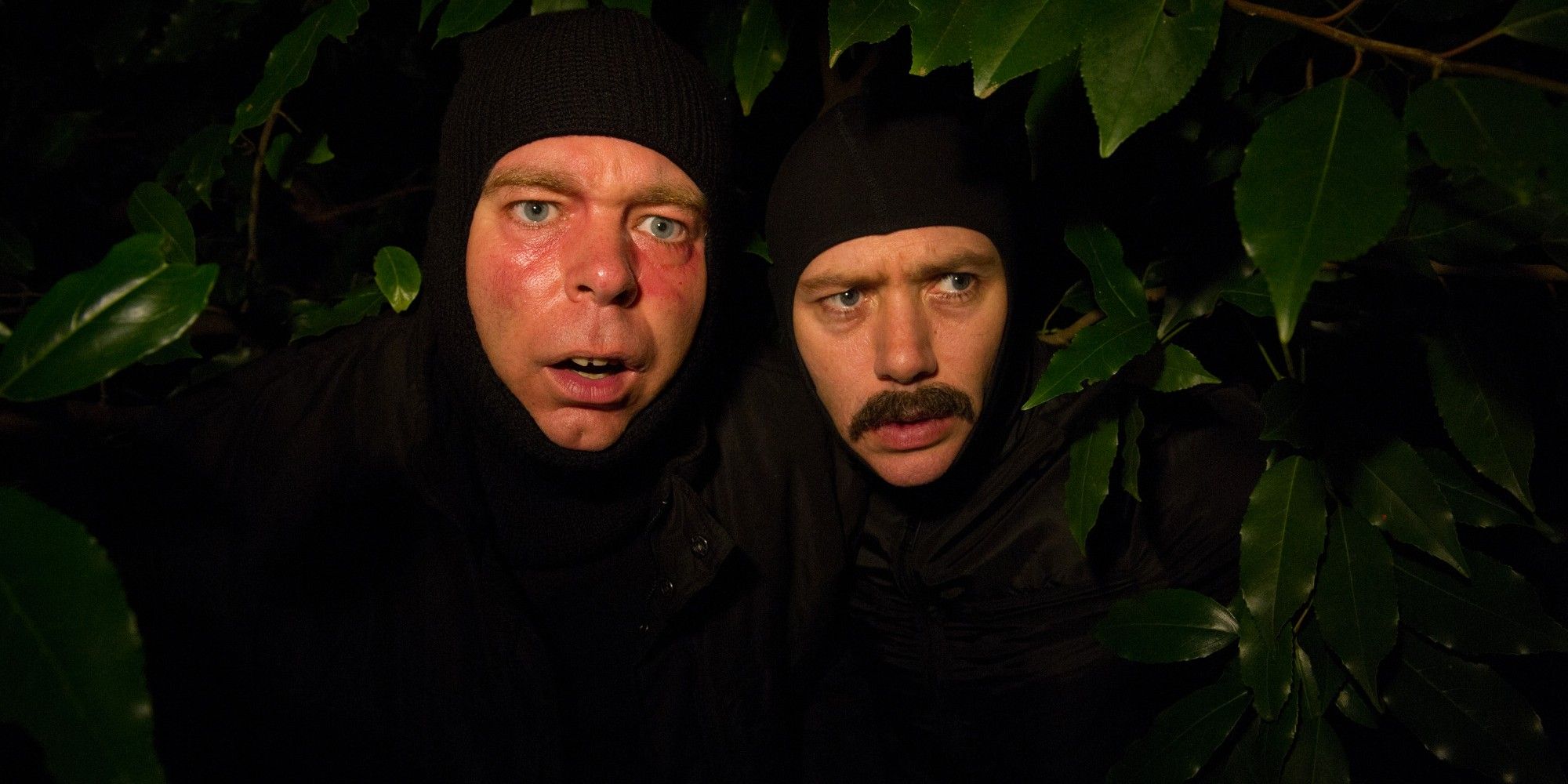
Another silent episode often deemed the strongest from a television series is Inside No. 9 season 1, episode 2, “A Quiet Night In.” The installment depicts two burglars attempting to steal a painting while avoiding the suspicion of the owners. Much of the episode’s humor is derived from this silent premise, relying on highly expressive performances from the stars, Reece Shearsmith and Steve Pemberton. The episode also infuses elements of slap-stick, recalling the historical silent comedy genre. There is only a single line of dialogue, delivered at the episode’s climax, with expressions and song lyrics used to convey emotion and plot points.
6 “The Boy From 6B” – Only Murders In The Building
Season 1, Episode 7
Only Murders in the Building season 1, episode 7, “The Boy From 6B,” is depicted entirely from the perspective of a deaf character, Theo (James Caverly). The spoken dialogue is muffled so much that it is inaudible, with the episode almost entirely silent except for the highly emotive soundtrack. As such, the dialogue is presented through subtitles, a neat way of representing Theo’s interpretation of sign language and lipreading. “The Boy From 6B” won several Primetime Emmy Awards, and is arguably the series’ most successful episode.
5 “405 Method Not Allowed” – Mr. Robot
Season 4, Episode 5
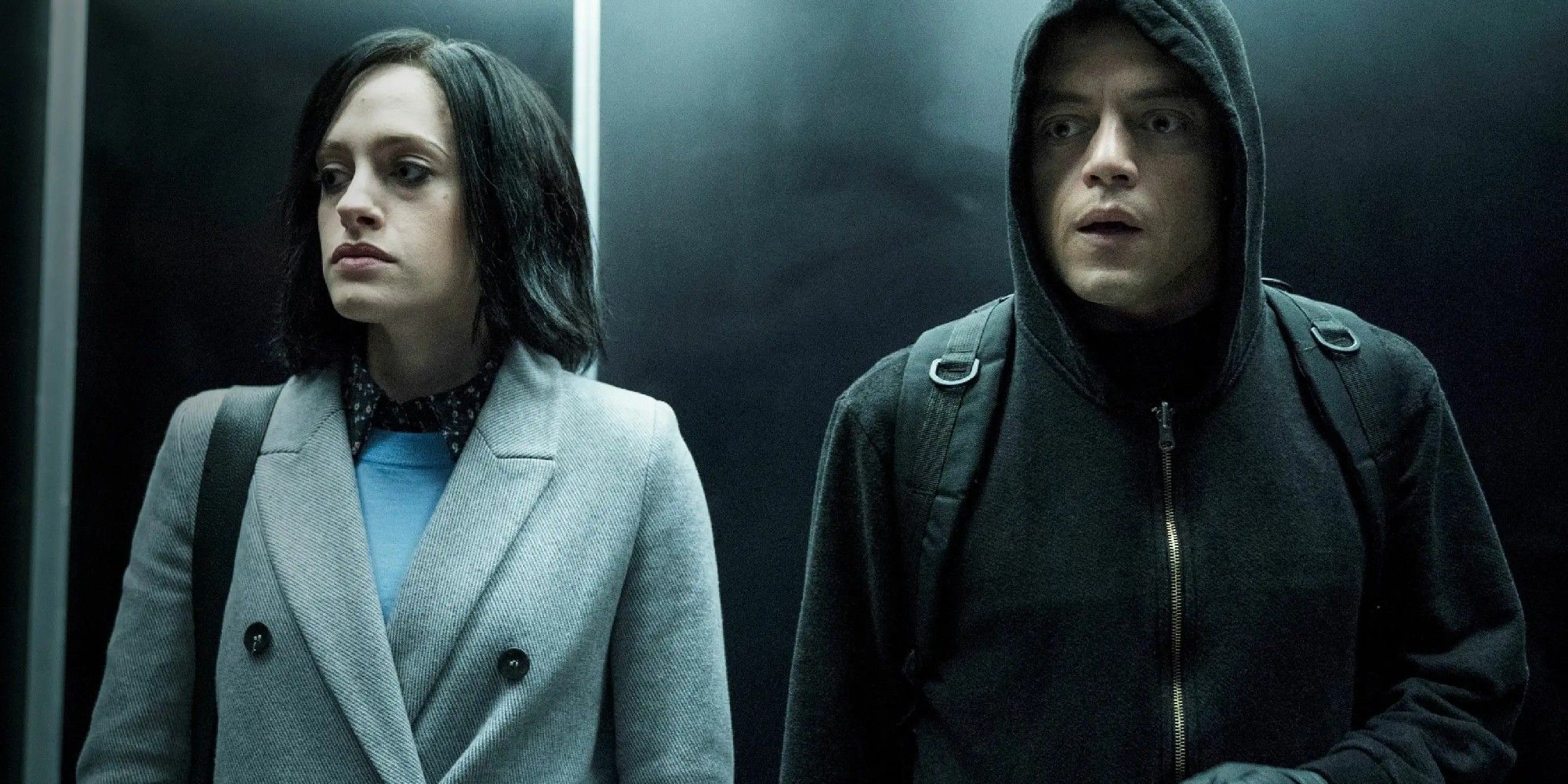
Mr. Robot season 4, episode 5, “405 Method Not Allowed,” is presented with only little dialogue at the beginning and end of the episode. The episode revolves around the hackers’ attempts to execute a heist at a server farm. Like Buffy the Vampire Slayer‘s “Hush,” Mr. Robot‘s “405 Method not Allowed” was praised for using the silent trope as a necessary function in the narrative and allowing it to heighten the characters’ emotions. It was also noted for intensifying the viewer’s perception of danger and tension throughout.
4 The X-Files – “Rm9sbG93ZXJz”
Season 11, Episode 7
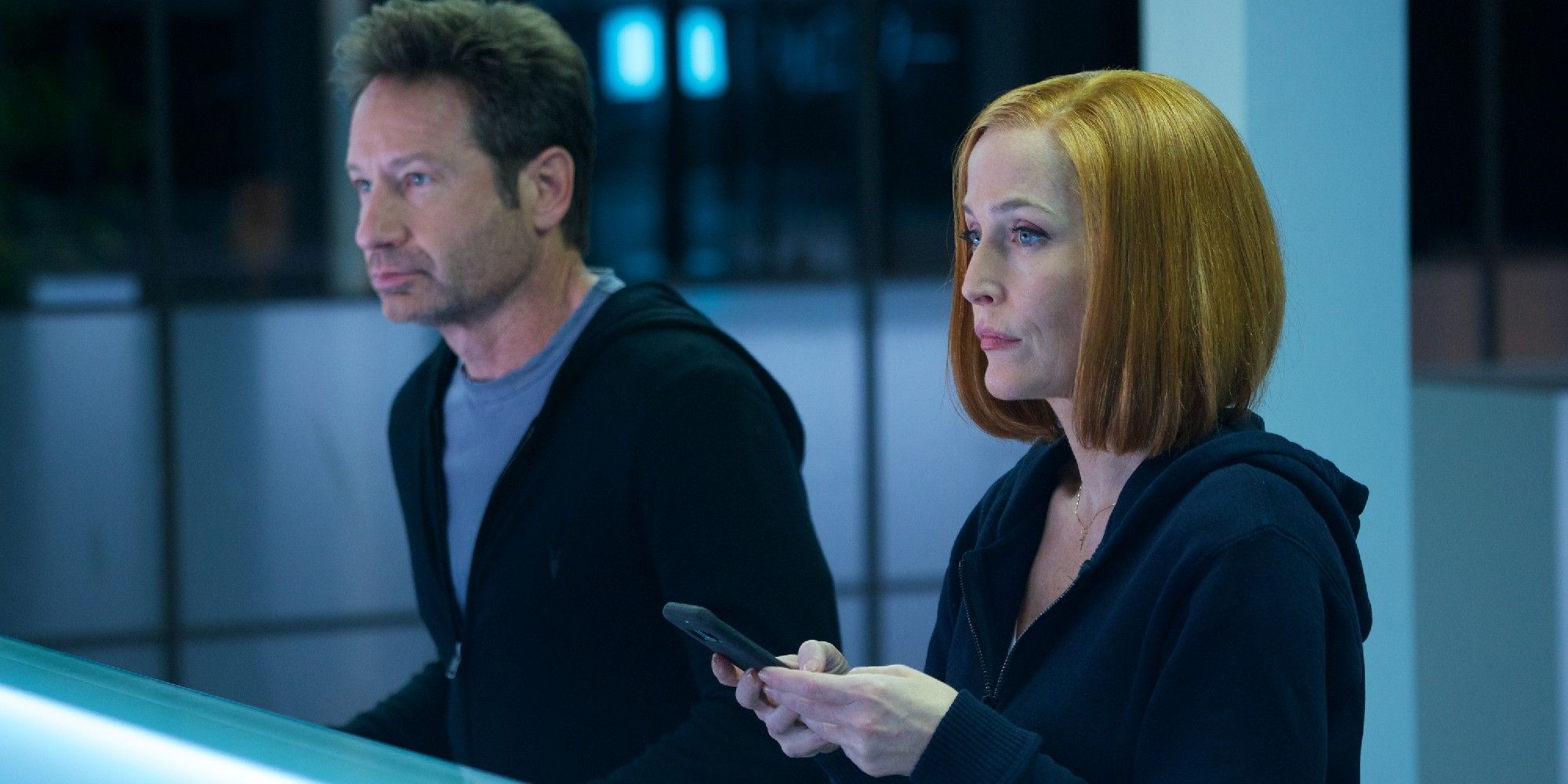
The X-Files season 11, episode 7, “Rm9sbG93ZXJz” is not entirely silent, but uses very minimal dialogue throughout. It features Mulder and Scully becoming trapped in a fully automated, robotic restaurant. The narrative removes all ancillary characters for the protagonists to interact with verbally. It exploits the inability to communicate personally with machines and technology to create fear in the episode, playing on contemporary concerns of artificial intelligence. “Rm9sbG93ZXJz” is a particular highlight of The X-Files season 11, which many critics suggested was the closest to recapturing the essence of the earlier seasons.
3 “Voyeurs” – Room 104
Season 1, Episode 6
The anthology series, Room 104, is renowned for its intriguing and ambitious storytelling techniques. Season 1, episode 6, “Voyeurs,” is particularly notable, however, for depicting a narrative with scant dialogue, principally conveyed through interpretive dance. It is a stunningly beautiful episode, whereby the silence is more a by-product of the form, rather than the primary device. “Voyeurs” conveys an impressive degree of emotion and effectively relays its story to the audience. It remains a highlight of Room 104, truly demonstrating an enhanced level of artistry in delivering a non-dialogue episode.
2 “The Invaders” – The Twilight Zone
Season 2, Episode 15
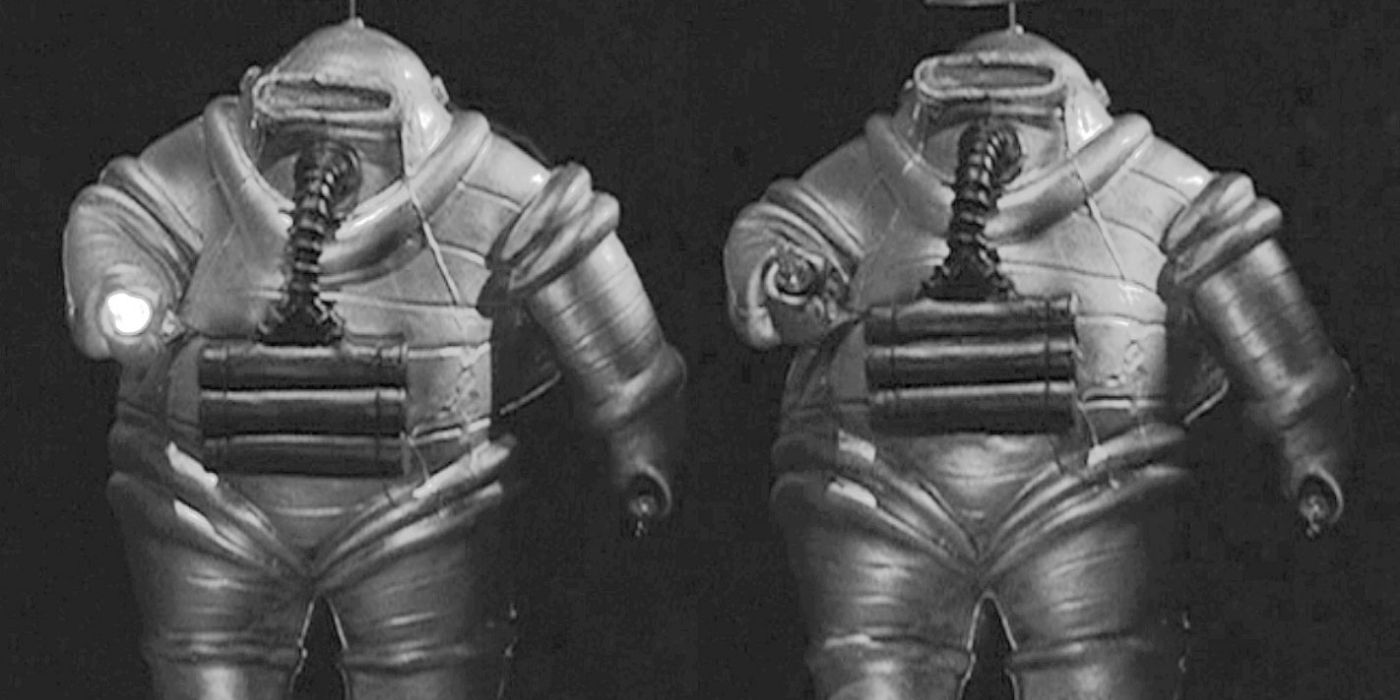
The anthology series format has proven itself a perfect vehicle to explore greater creativity and enterprising narratives. This was demonstrated perfectly by the genre’s paradigm, The Twilight Zone. Season 2, episode 15, “The Invaders,” depicted an elderly woman living in a remote area being attacked by a pair of otherworldly invaders. While “The Invades” does feature various cries and screams there is only a single line of dialogue spoken (except for Ron Sterling’s voiceover). The silence is extremely haunting and creates a particularly unsettling episode of The Twilight Zone, which is considered one of the show’s best.
1 “Unspoken” – CSI: NY
Season 9, Episode 4
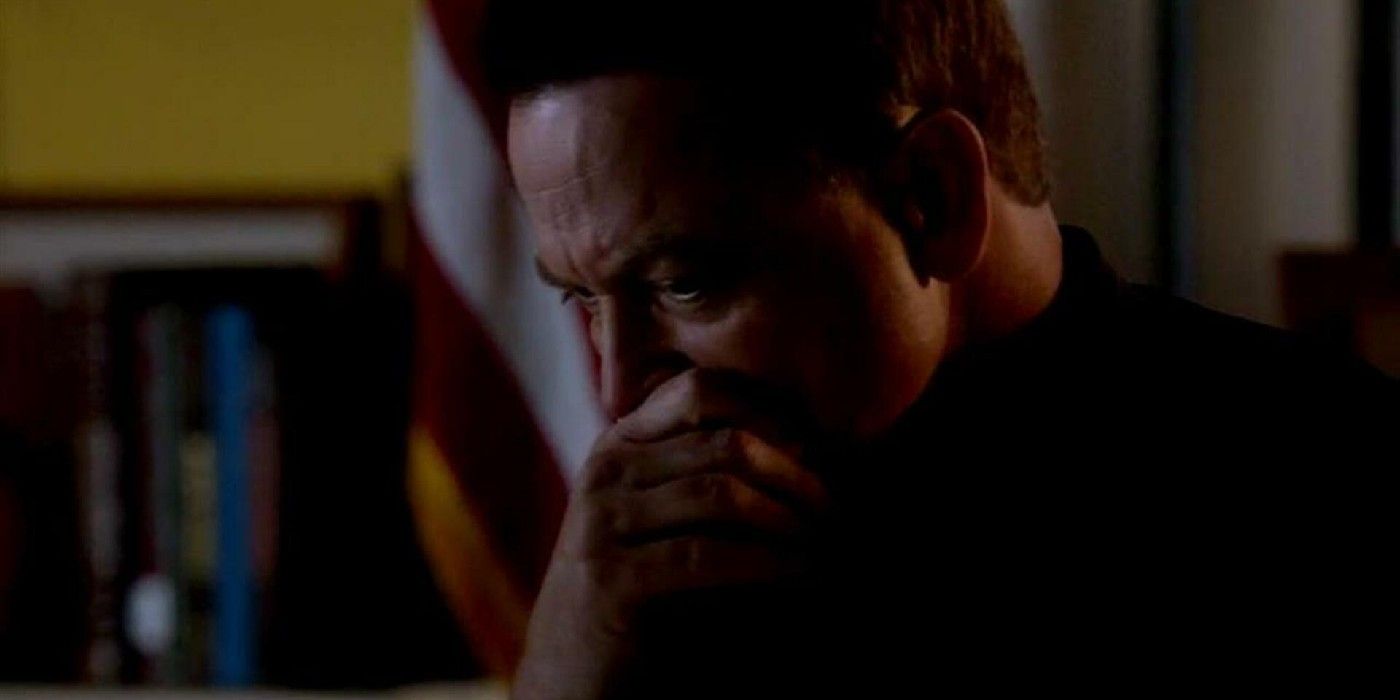
CSI: NY offered a remarkably innovative episode with season 9, episode 4, “Unspoken.” The first half of the episode is completely devoid of dialogue, which instead was replaced by a soundtrack composed of songs by the punk rock band, Green Day. This effectively turned “Unspoken” into a modern, urban opera, whereby Green Day’s songs were used to convey the narrative. It is enthrallingly effective and is often cited as a particular highlight. CSI: NY truly demonstrates the ability to deliver effective narratives without the need for dialogue.




